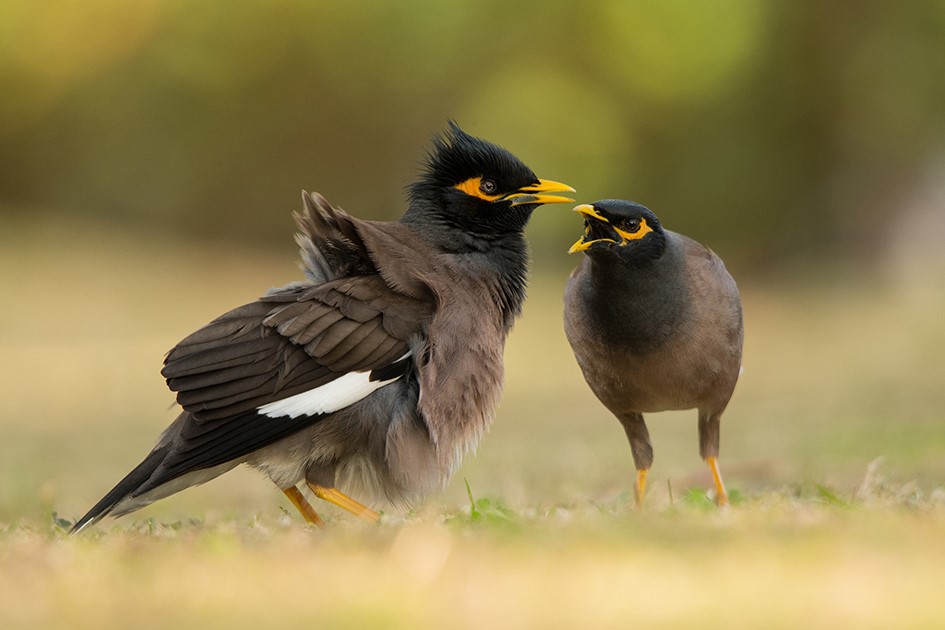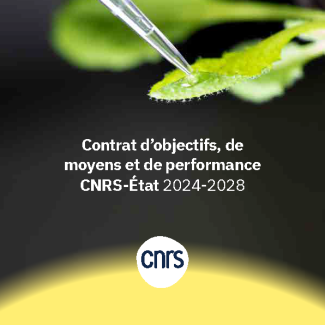
How humans transform island bird communities
It is known that people have been bringing alien bird species onto islands for thousands of years, but how this has shaped the diversity of those species has just been brought to light by a study published in the journal Ecology Letters on July 1. An international team of scientists led by three researchers from the CNRS and Paris-Saclay University1 has shown that, on most of the 407 islands they considered, humans have a greater impact on alien species diversity than do geographic variables.
Depending on the selective pressures exerted by humans, some islands, such as New Zealand, harbour greater functional2 and phylogenetic3 diversity, while others, like the Seychelles, have much less diversity. The researchers sought to determine why such disparities in diversity are observed and whether human impact alone could explain them. They discovered that human variables linked to colonisation pressure (i.e. number of species introduced by humans), habitat modification, human connectivity (reflected in number of ports and airports), and human population size all have major effects on both functional and phylogenetic diversity.
This study provides further evidence that humans are responsible for current biodiversity distribution patterns. By selecting species—often from closely related families—that they deem useful, humans reduce overall species diversity on islands and limit island ecological communities’ potential for future adaptation. This is especially a problem for island ecosystems that are exposed to multiple constraints and from which the exodus of native species is impossible, due to the remoteness of the island.

- 1Members of the Écologie, Systématique et Évolution research unit (CNRS / Paris-Saclay University / AgroParisTech)
- 2Functional diversity embraces aspects of biodiversity affecting the various ecological functions of communities and their capacity to respond to exogenous disturbances.
- 3Phylogenetic diversity embraces aspects of biodiversity concerned with genetic relationships between species and the history or evolutionary development of species.
The Anthropocene biogeography of alien birds on islands: drivers of their functional and phylogenetic diversities. C. Marino, Clara, L. Journiac, C. Liu, J. Jeschke, C. Bellard, Ecology Letters, le 1er juillet 2024. DOI: https://onlinelibrary.wiley.com/doi/full/10.1111/ele.14465


